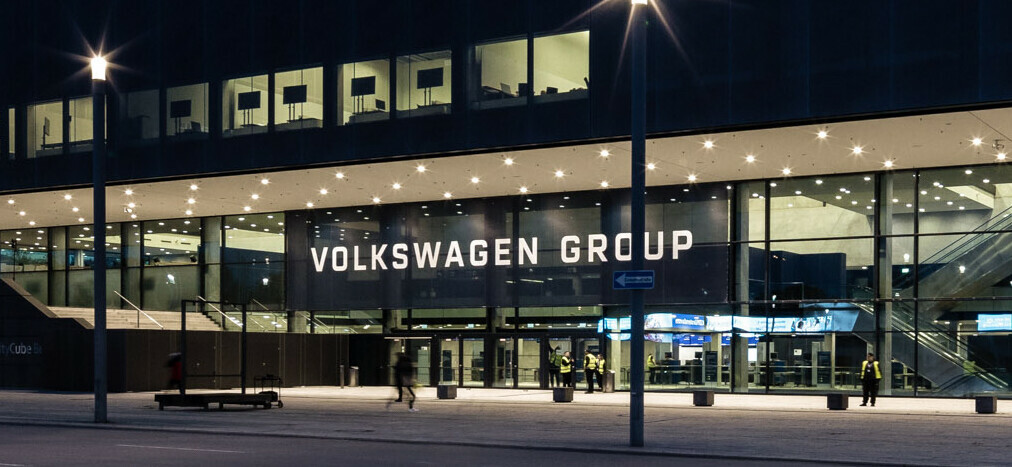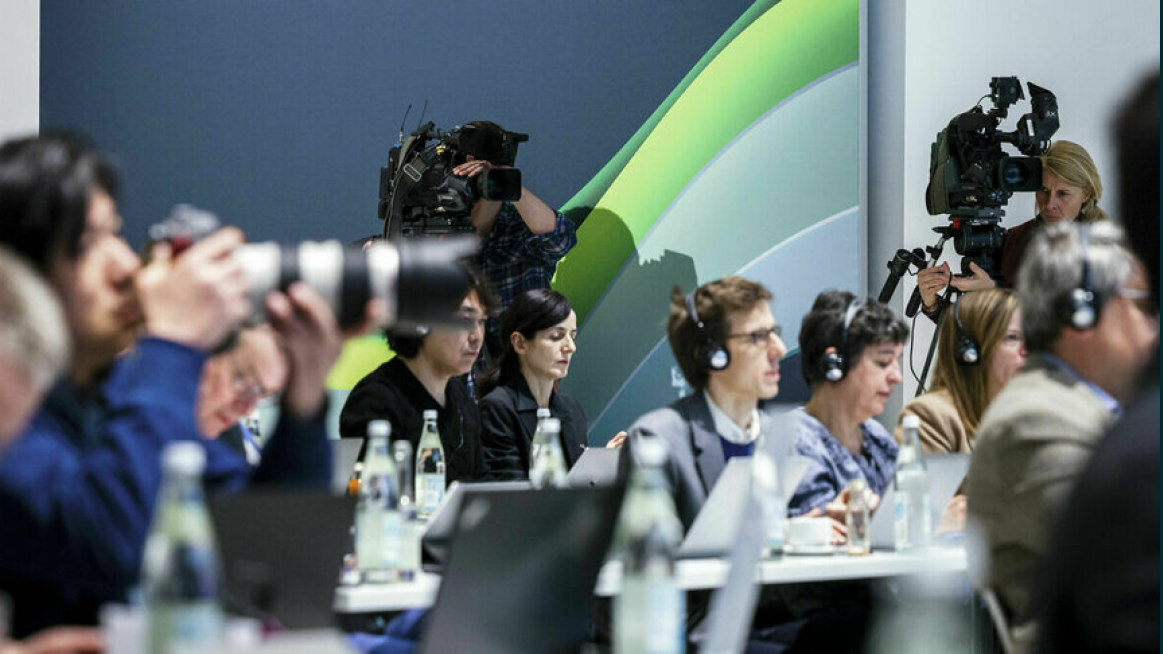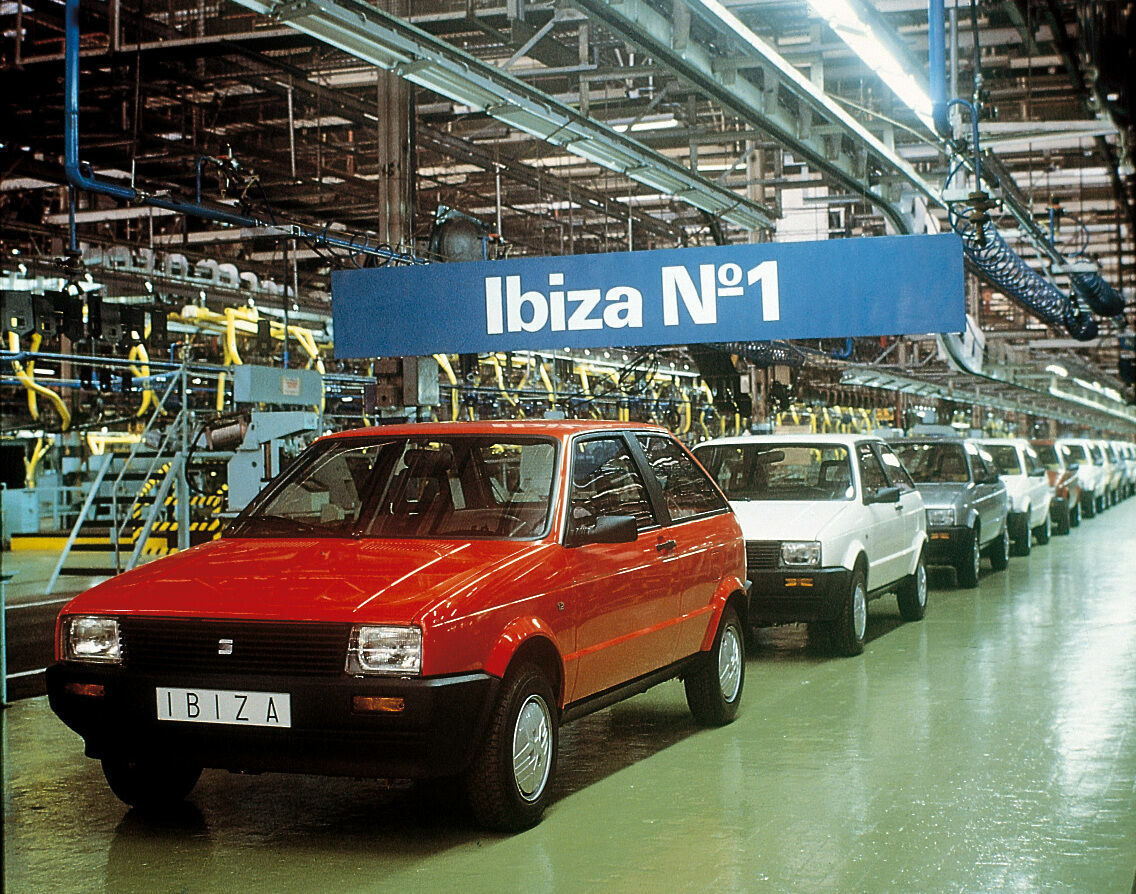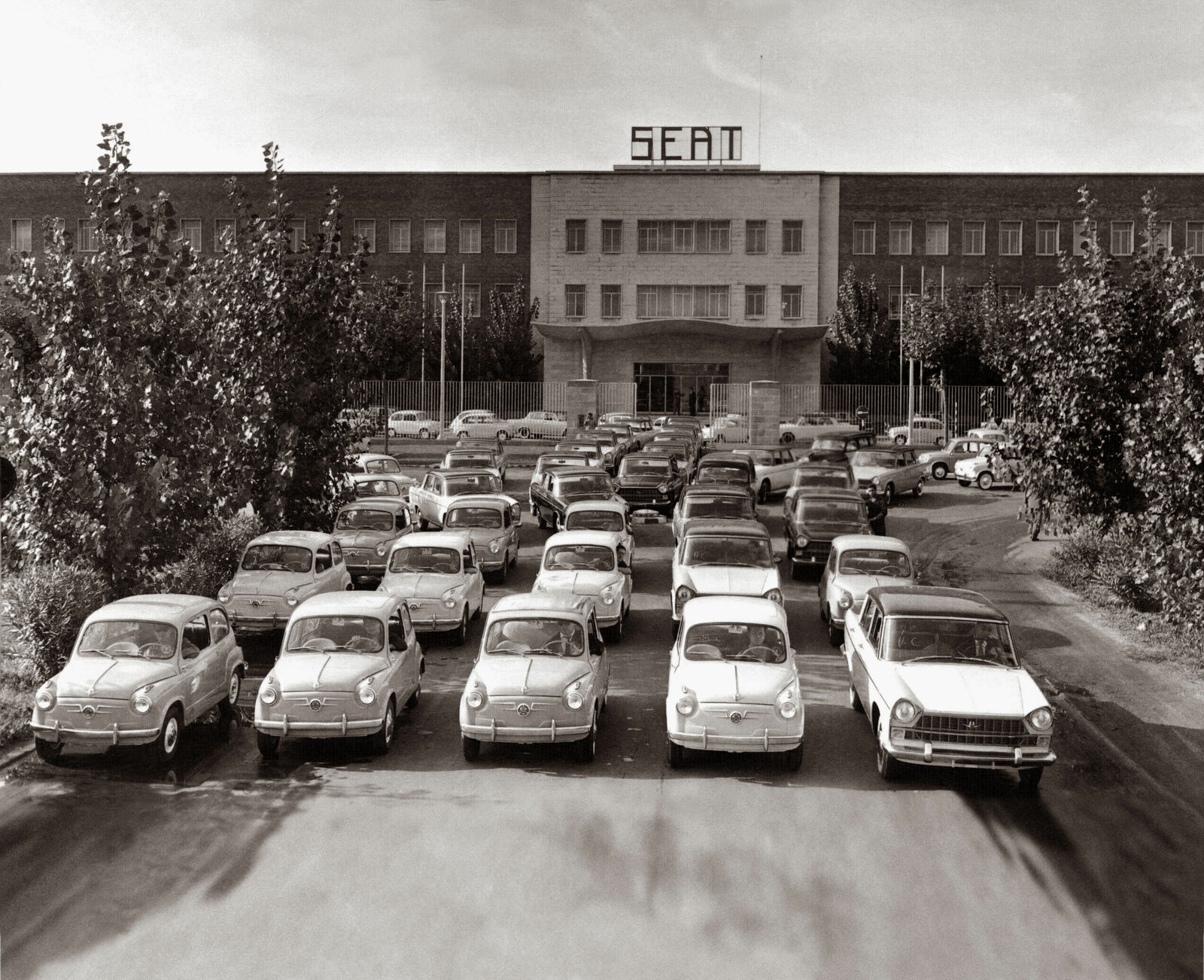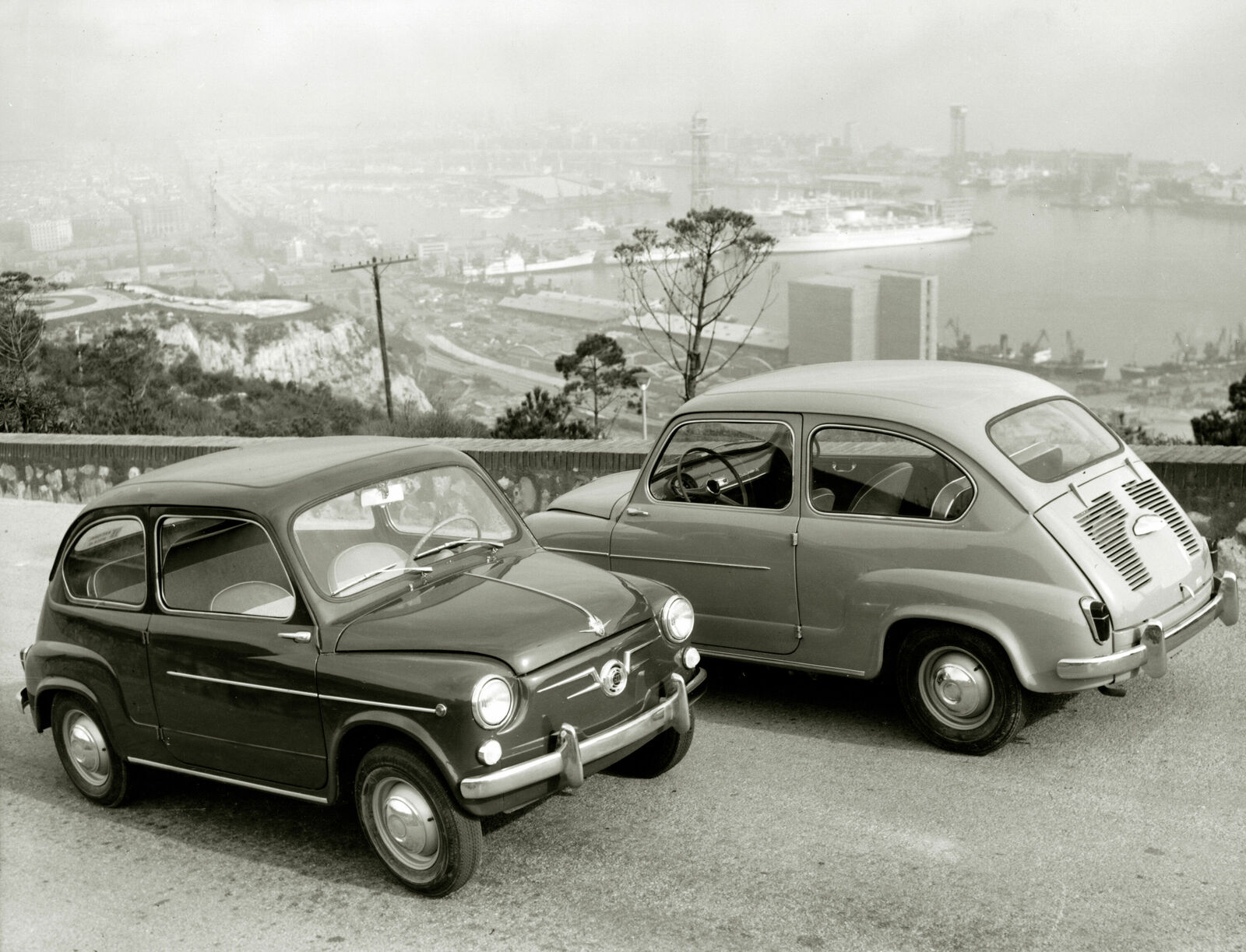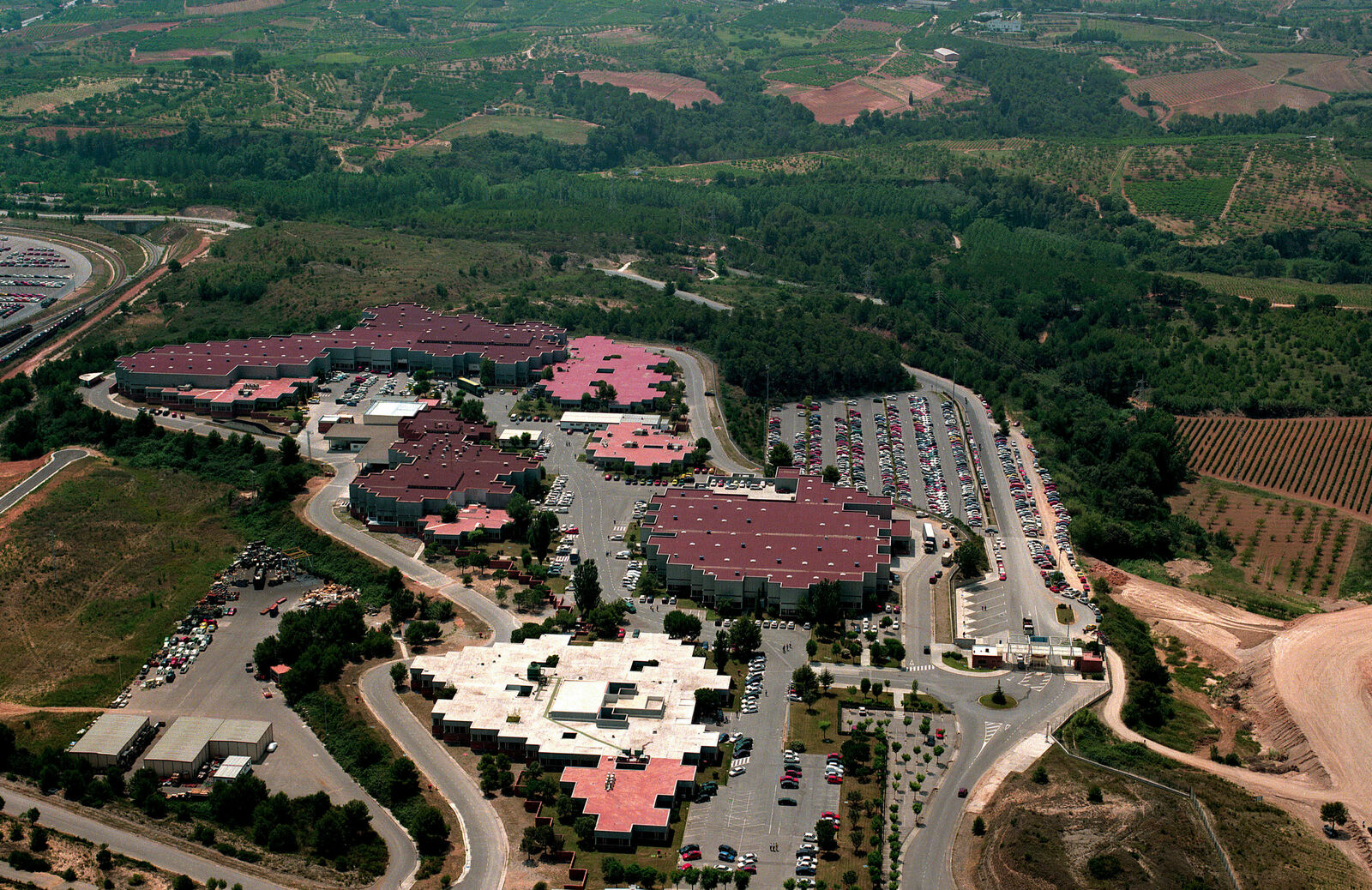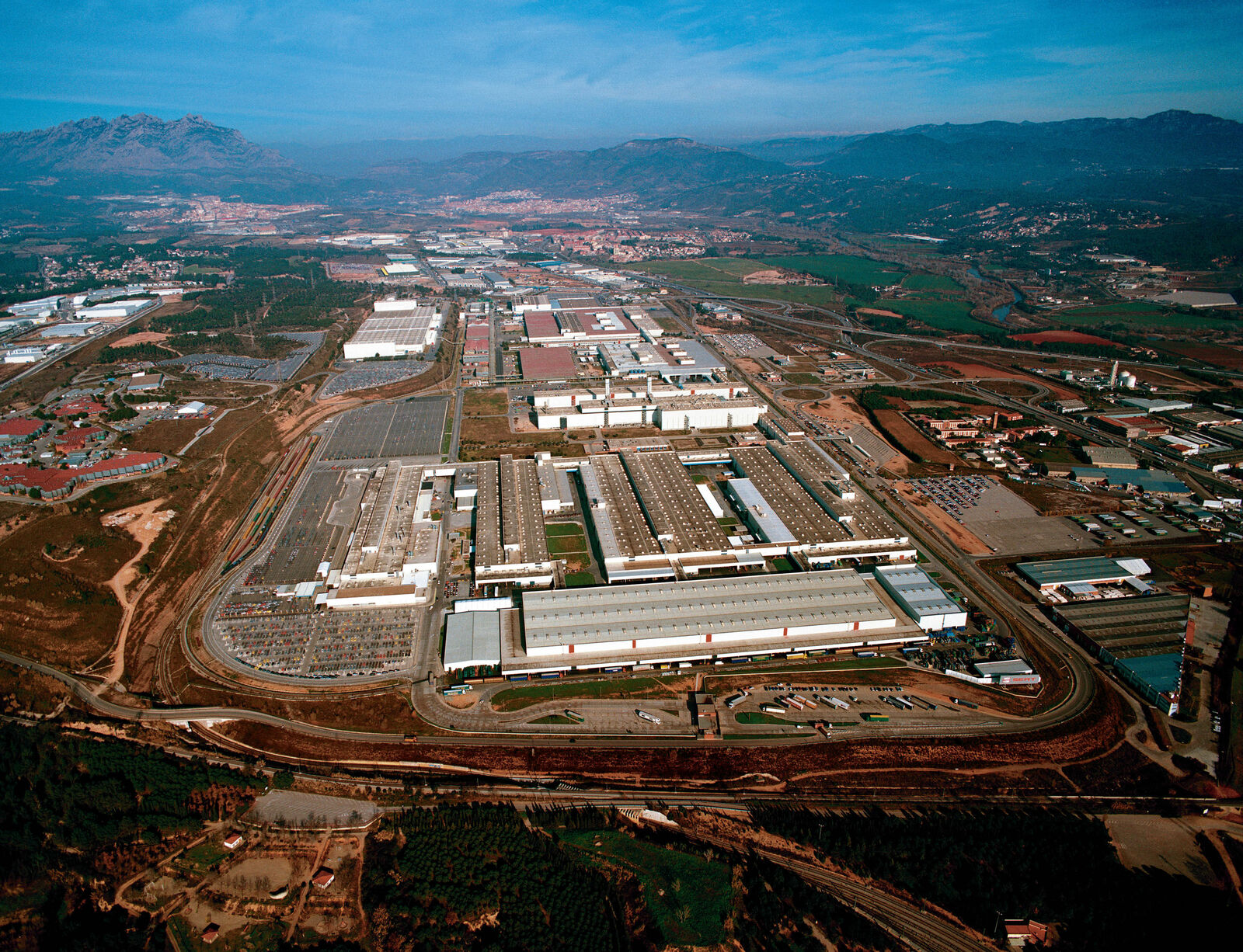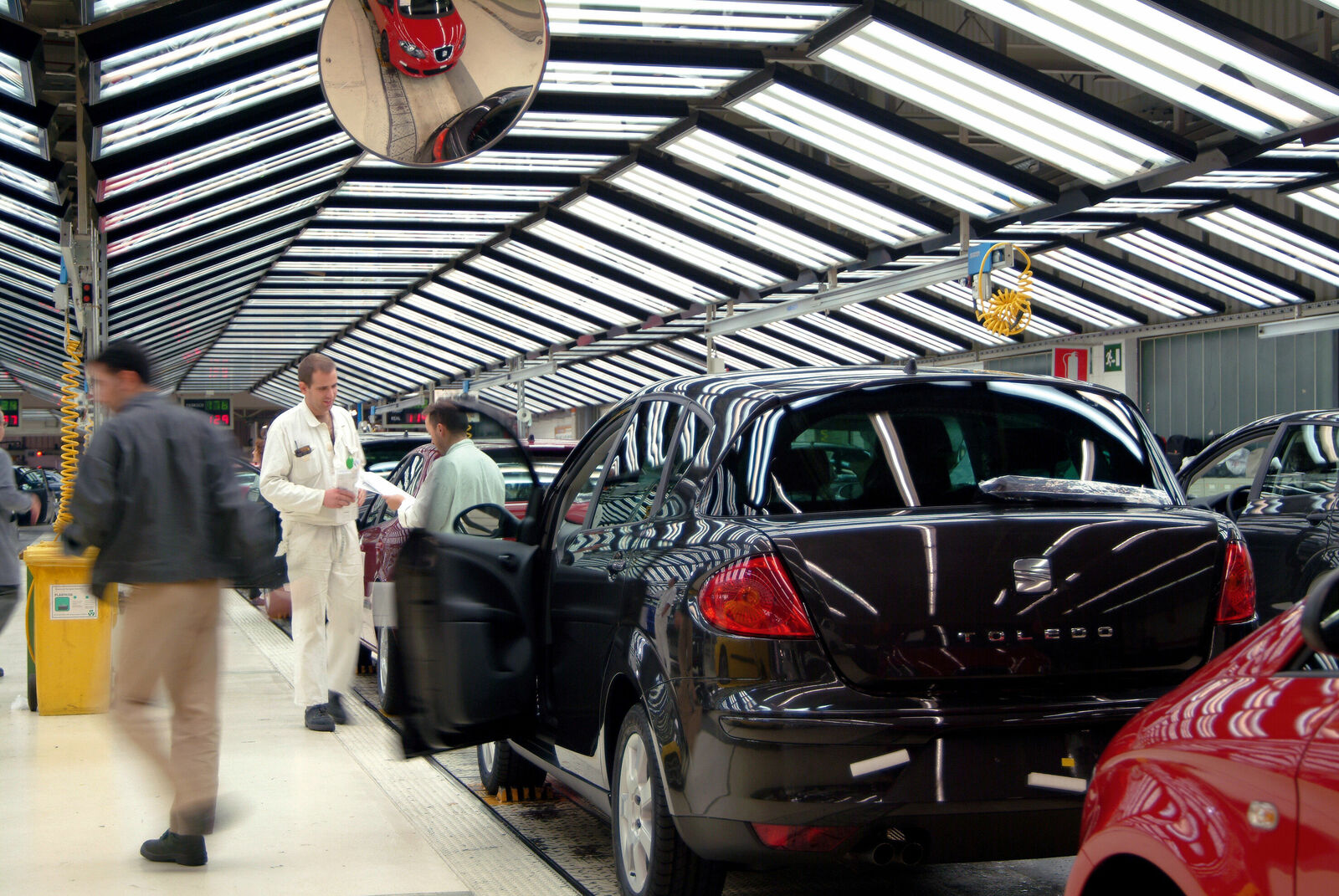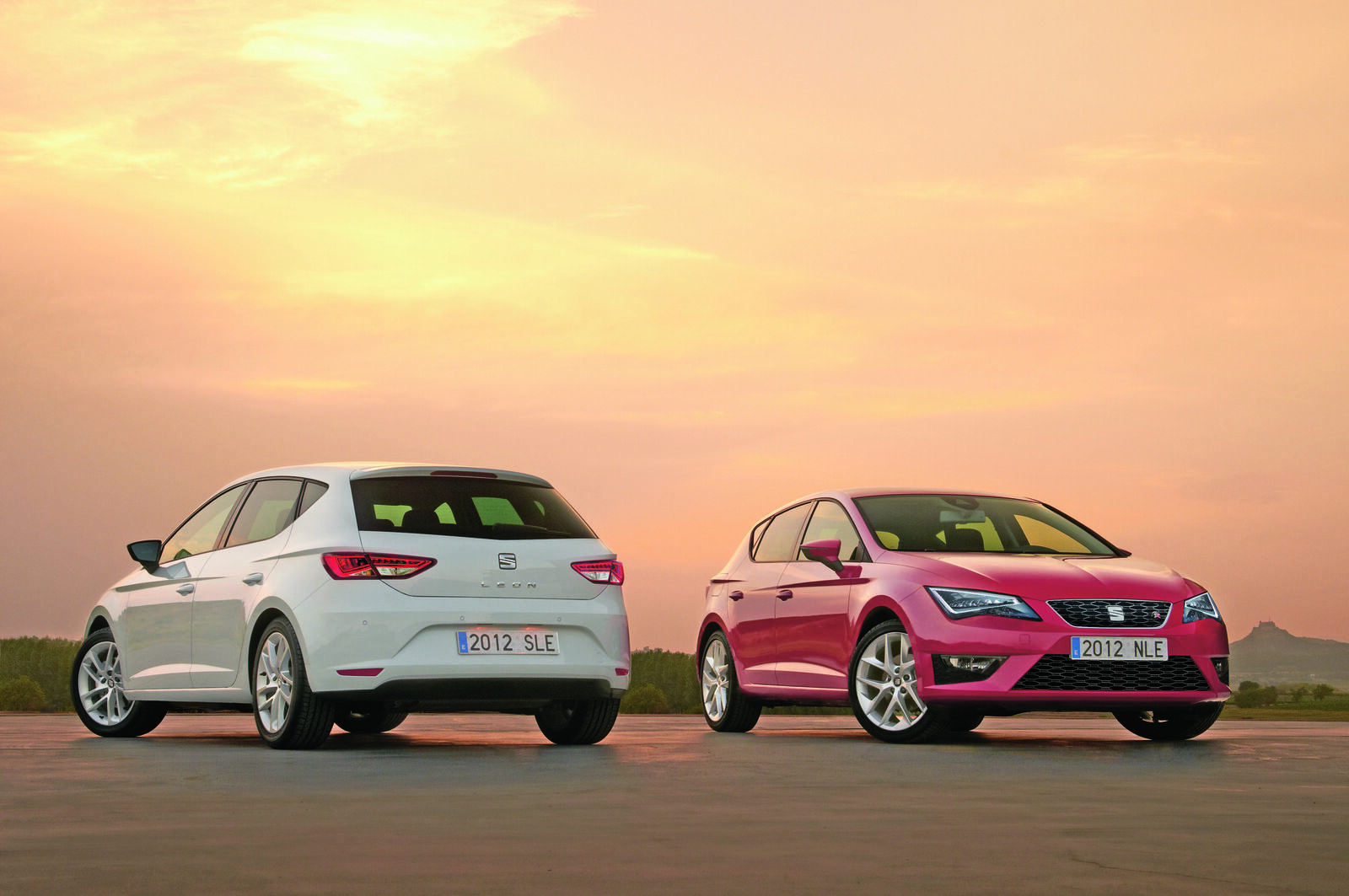In the event of a co-operation agreement, Volkswagen could benefit from Spain’s largest passenger car sales organisation with over 1,000 authorised dealers. Another argument in favour of co-operation was the strategically important access to a production location with relatively low wage costs which could be used in the longer term as a low-cost assembly plant for the Polo. It was precisely in this vehicle class that high production costs in Germany impacted on the price competitiveness of models on the European volume markets. The fact that the well-qualified Seat workforce had thirty years of experience in building cars was an added advantage. Audi AG also benefited from the co-operation agreement concluded on September 30, 1982 because Seat’s foreign exchange quota permitted duty-free imports of Audi models. In return, Volkswagen responded to a request from the Spanish car-maker for a licence to produce the Passat/Santana series, and the first vehicles rolled off the assembly lines at the Barcelona plant in Autumn 1983. The Pamplona factory began producing the Polo for sale in Spain and selected other European markets in Spring 1984. Volkswagen supplied the engines, gearboxes and axle and steering components for both models. Seat produced the steel sheets in its own press shop. All other parts came from local automotive suppliers. The co-operation benefited both sides. The Spanish manufacturer’s model range, sales and capacity utilisation improved to such an extent that the Spanish government offered the Volkswagen Group the chance to take over Seat in Autumn 1984. The Volkswagen Group came off well too. Sales through Seat dealers had given the company access to the Spanish market and significantly improved the presence of the Volkswagen and Audi brands on it. At the same time, production at the Pamplona plant brought the prospect of building the Polo more cheaply than in Wolfsburg. To harness the potential offered by the Spanish facilities and to equip the Seat brand for international competition, Volkswagen saw a need for financial consolidation, streamlining of the model range, modernisation of production plant and the creation of a European sales organisation. The efforts already undertaken by Seat gave cause for optimism.
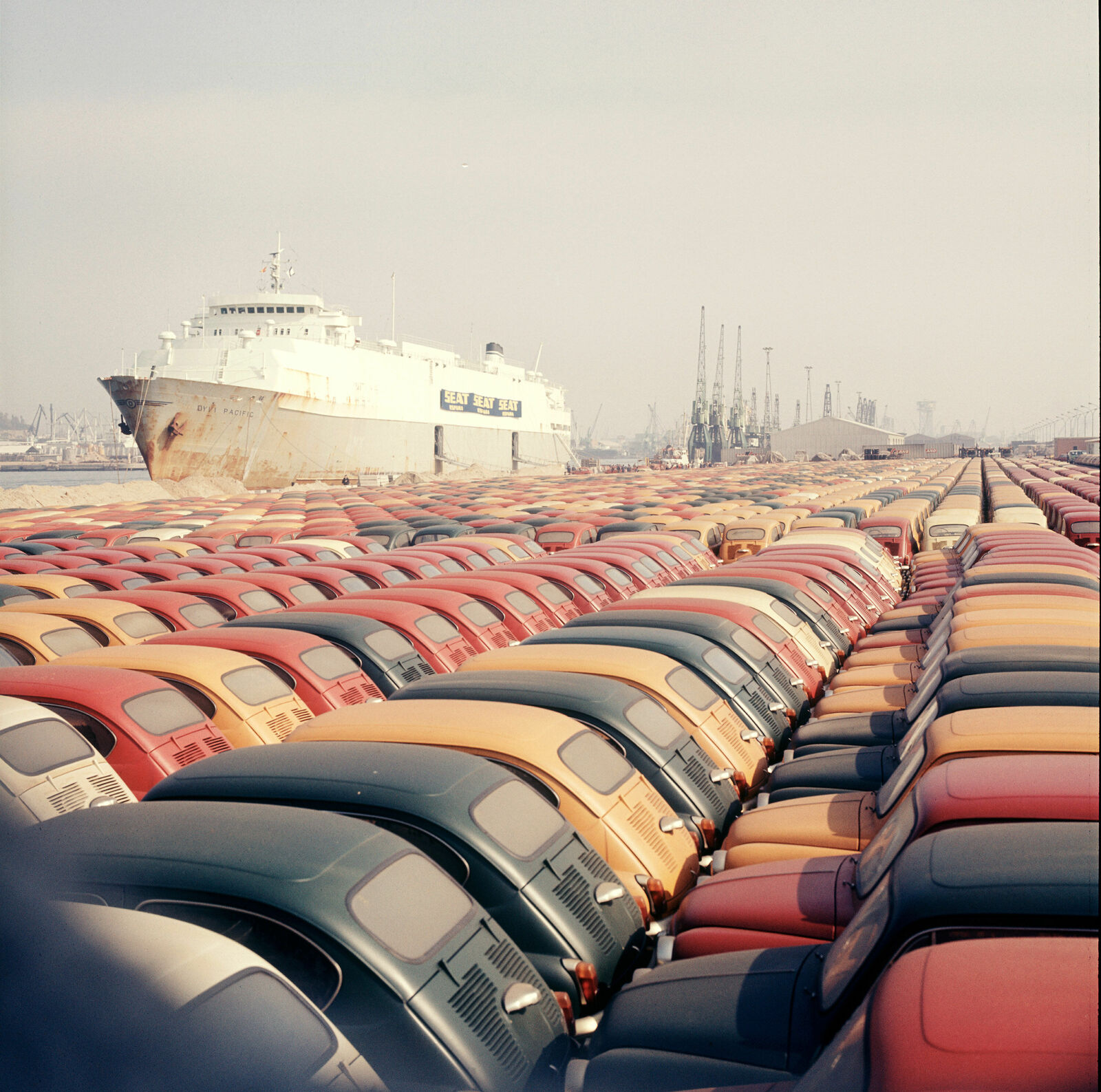
In 1965, Seat entered the export business, shipping 150 Seat 600s to Colombia, though contractual arrangements with Fiat severely restricted its export capability. It was not until 1967, when the licensing contract with the Italian car-maker was renegotiated, that export restrictions were substantially relaxed. In the same year, Fiat boosted its stake in the growing Seat concern to 37 percent. Following on from the exports to Colombia, Seat gained a foothold in Argentina, Morocco, Greece and Finland, where the Seat 600 D was the best-selling car between 1970 and 1973. Despite the Franco government’s attempts to close off the Spanish market by imposing high import duties, US car-makers intensified competition during the 1970s. Both Ford and Chrysler built their own assembly plants in Spain. These trends ultimately exposed the f laws in Spain’s dirigist economic policy, before the country adopted a more market-economy driven approach after Franco’s death in November 1975. On the orders of the Spanish government, Seat took over the British Leyland AUTHI plant in Pamplona in 1975 in order to avoid the social problems that the planned closure of the factory would otherwise have triggered.

